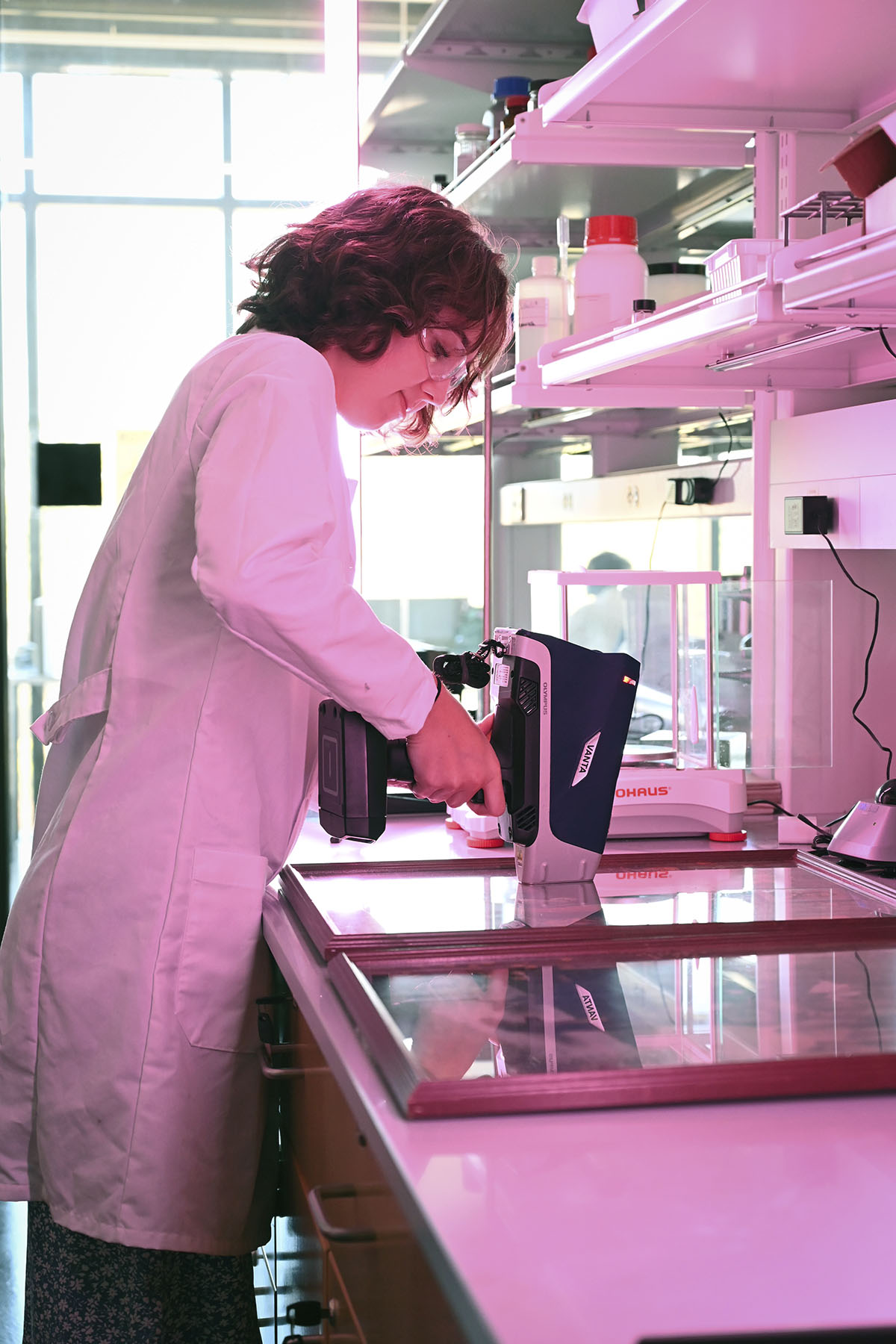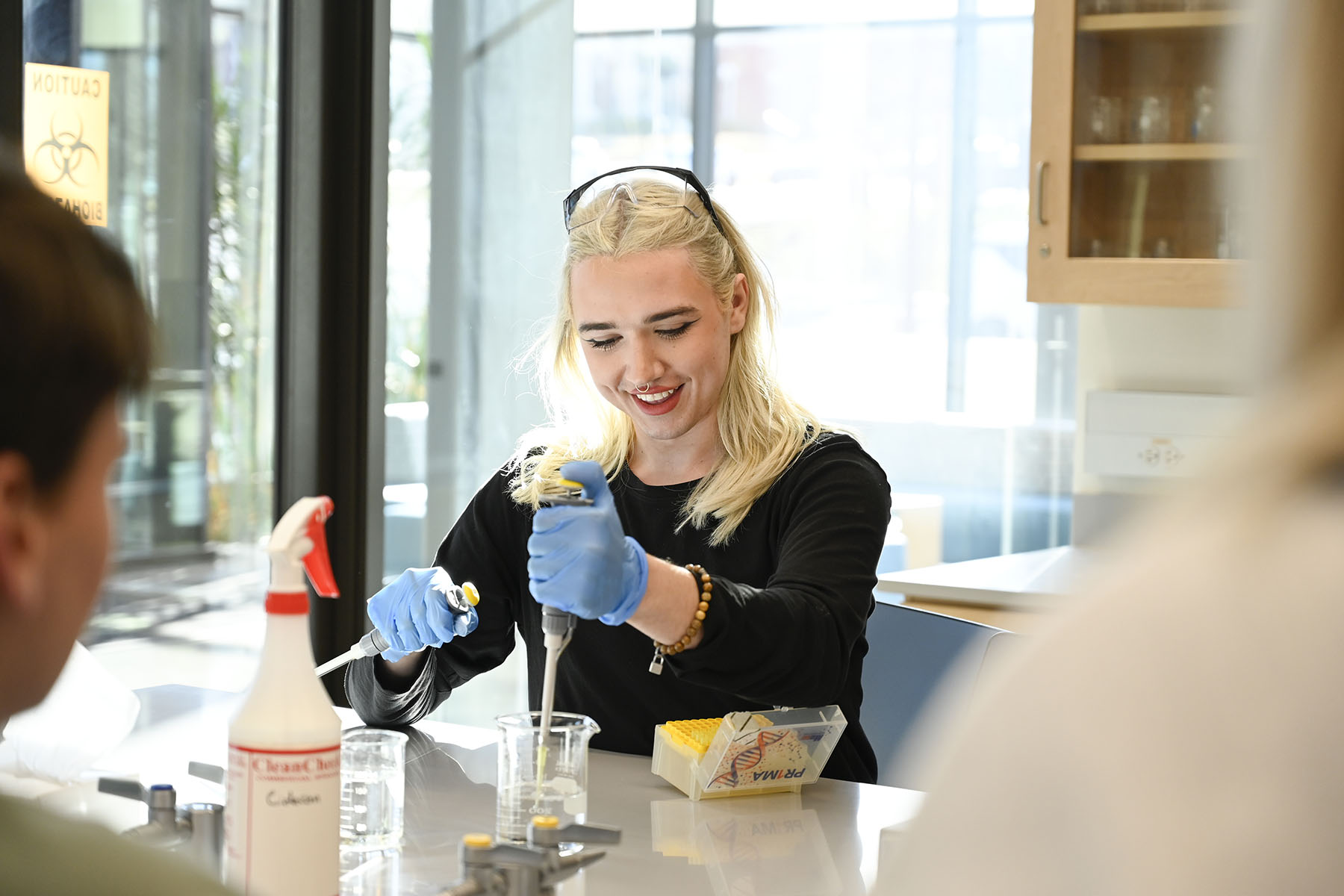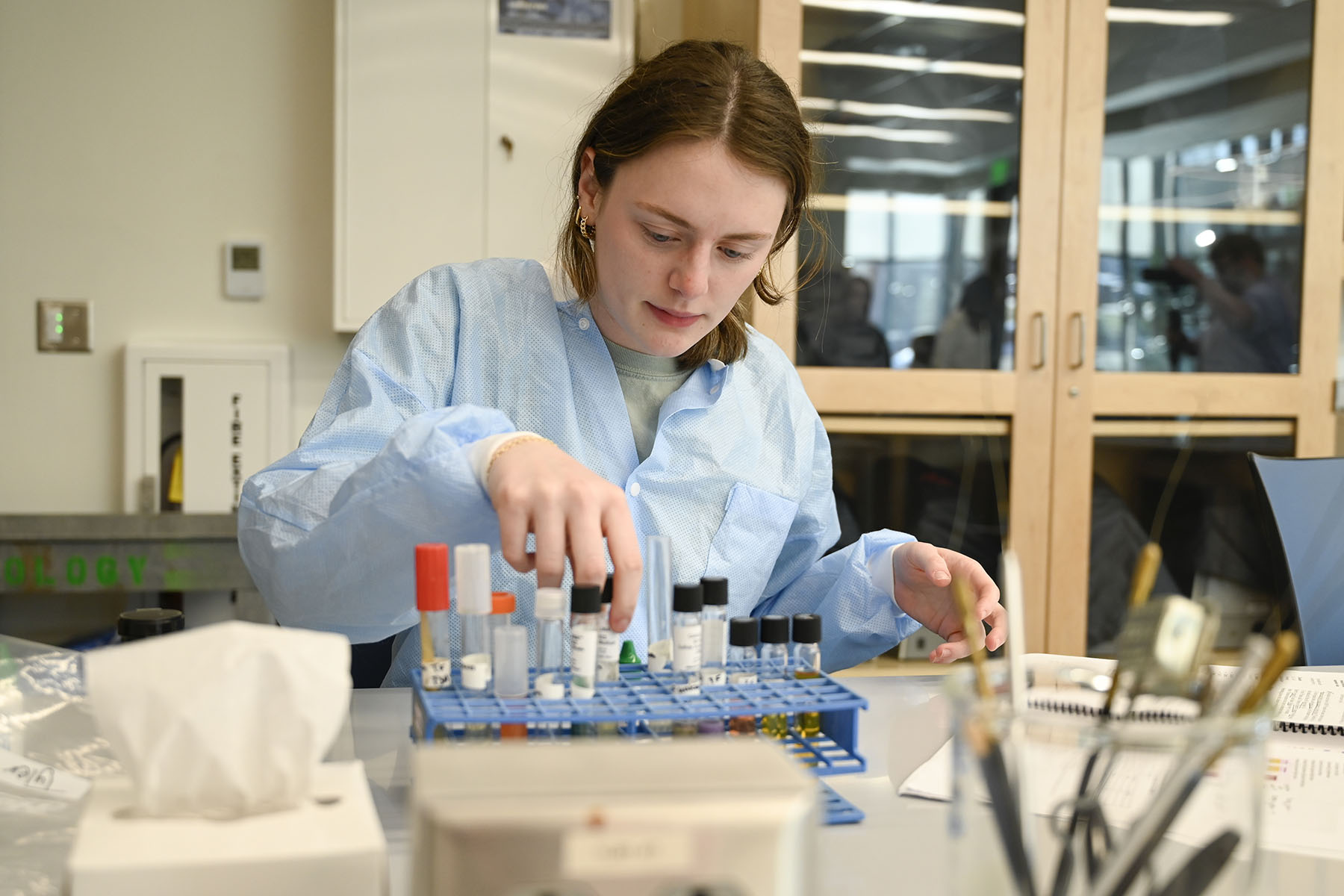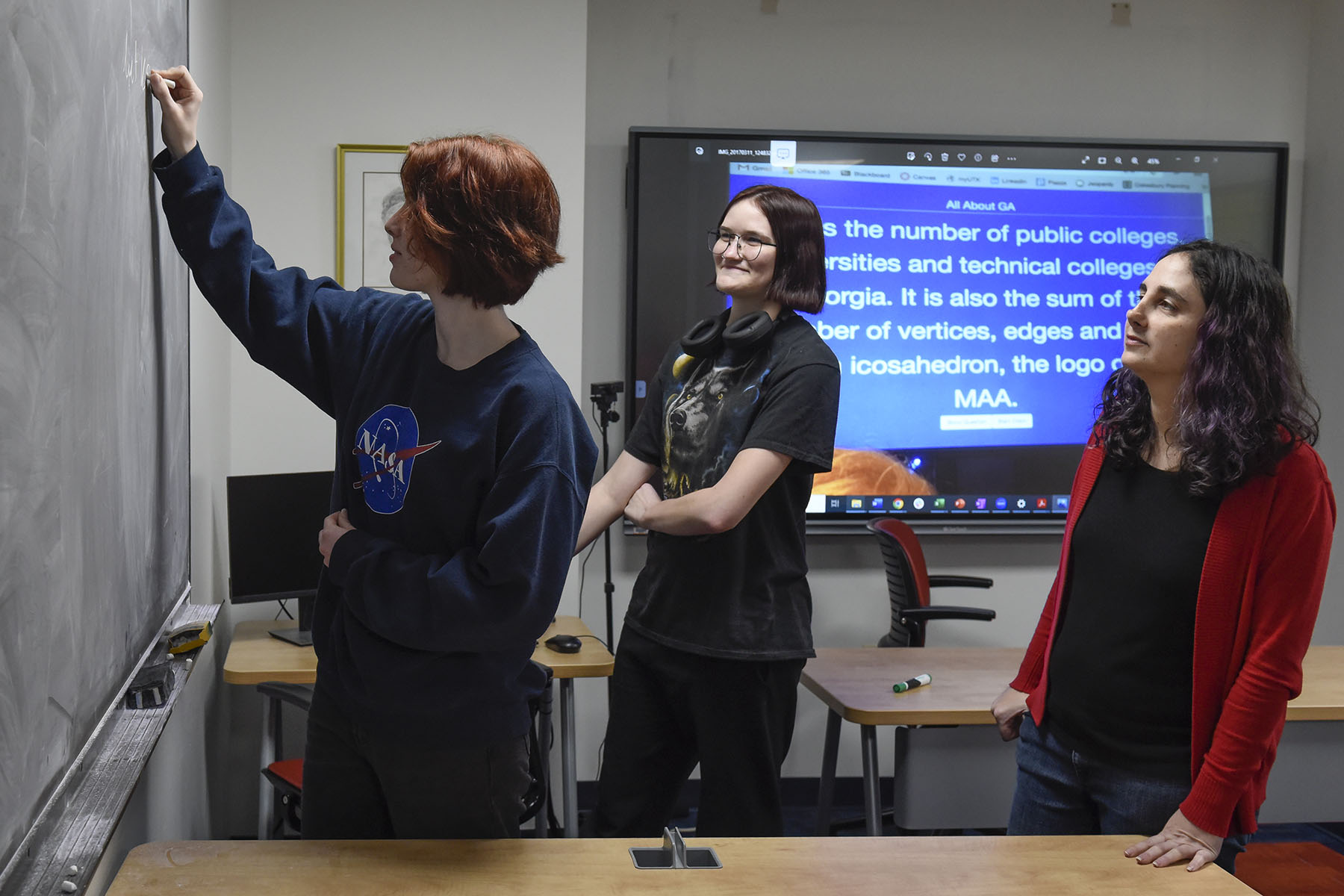Georgia College, Georgia Tech partner to create dual-degree pathway for aspiring engineers

By Amanda Respess
T
wo of Georgia’s top universities have partnered to offer students interested in pursuing careers in engineering a unique degree pathway meant to prepare the next generation of highly skilled professionals entering the workforce.
Students who begin their bachelor’s studies in physics, mathematics, chemistry, computer science or data science at Georgia College & State University can now pursue a dual degree in engineering from the Georgia Institute of Technology.
“This partnership is an exciting step forward in expanding academic opportunities for aspiring engineers,” said Dr. Holley Roberts, interim provost and vice president for Academic Affairs at GCSU. “Incoming freshman and current students will now have the opportunity to explore a variety of STEM fields in their early years of college, to find their niche and passion in the liberal arts context, before advancing to one of several more specialized engineering options.”
Effective July 1, the GCSU-GT Dual-Degree Program will provide a distinct pathway for high-achieving STEM majors who complete their first three years at GCSU to transfer into one of 11 undergraduate engineering programs at Georgia Tech, resulting in a Bachelor of Science degree earned from each institution.
Students currently enrolled at GCSU are eligible to pursue the dual-degree effective immediately.
“Georgia College students now have the opportunity to enter one of the leading research universities in the country and build a career in engineering on top of their GCSU liberal arts foundation,” said GCSU President Cathy Cox. “Georgia Tech will be gaining highly qualified fourth-year students who are well-prepared in their discipline and well equipped with the crucial communication, critical thinking and leadership skills that are hallmarks of our liberal arts education.”
Dual-degree program participants are eligible to transfer to Georgia Tech after earning a minimum 90 credit hours from GCSU. Once accepted to Georgia Tech, students complete an additional 60 credit hours in a correlating engineering program of their choice, such as biomedical, electrical, industrial, mechanical or computer engineering.
“By having this new pathway for students, we are capitalizing on the strengths of both institutions to develop an innovative type of engineer,” said Dr. Kevin Bucholtz, associate provost for student engagement and academic excellence at Georgia College. “With GCSU’s focus on the liberal arts and strong math and science programs, combined with Georgia Tech’s premier engineering programs and R1 research status, these well-rounded students will have an unparalleled opportunity to stand out in the engineering field.”
Roberts and Bucholtz collaborated with Georgia Tech’s Matthieu Bloch, associate dean for academic programs in the College of Engineering, and Cedric Trice, academic program manager – transfer specialist, to bring the program to life.
“As a proud native Georgian, it’s especially meaningful to build this partnership with one of the University System of Georgia’s premier sister institutions,” said Raheem Beyah, dean of Georgia Tech’s College of Engineering and Southern Company chair. “I deeply appreciate GCSU’s trust in sending some of their best and brightest students to our campus, and it will be an honor to welcome them to Atlanta as our institutions collaborate to strengthen Georgia and the engineering field. I’m also grateful to Matthieu and Cedric for their efforts in making this program a reality.”
The GCSU-GT Dual-Degree Program is a five-year agreement between these two University System of Georgia institutions, both of which have selective admissions processes, meaning that they only admit the most academically accomplished students.
“The dual-degree program comprises five separate majors from two of GCSU’s academic colleges,” Bucholtz explained. “The impact this initiative will have on both students and the industry will be tremendous – preparing students to step directly into leadership roles while replenishing the workforce with top talent.”




